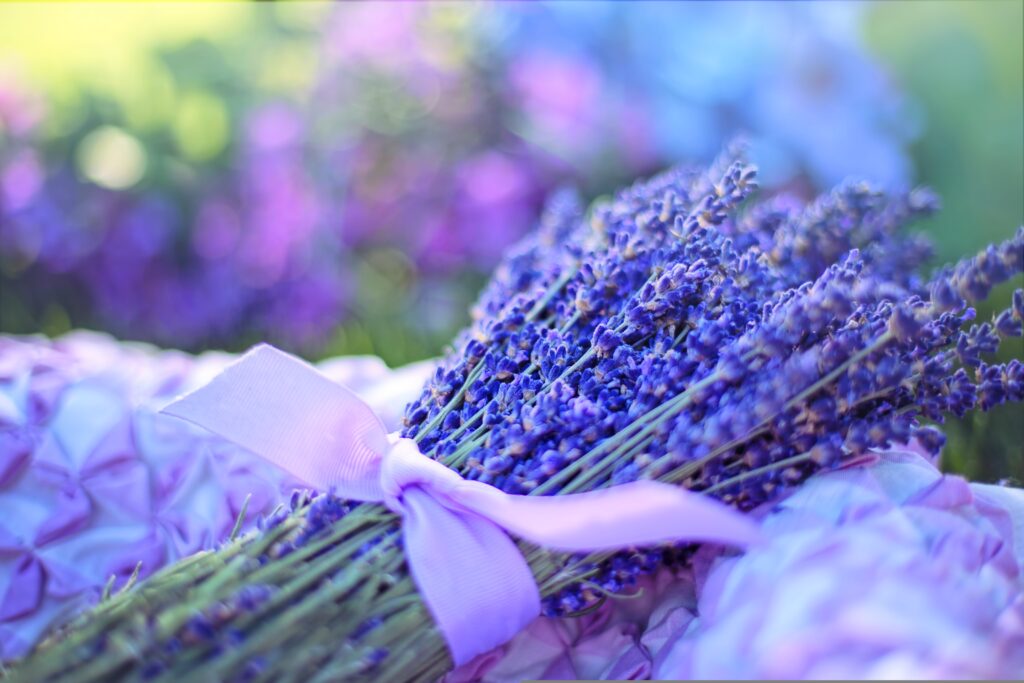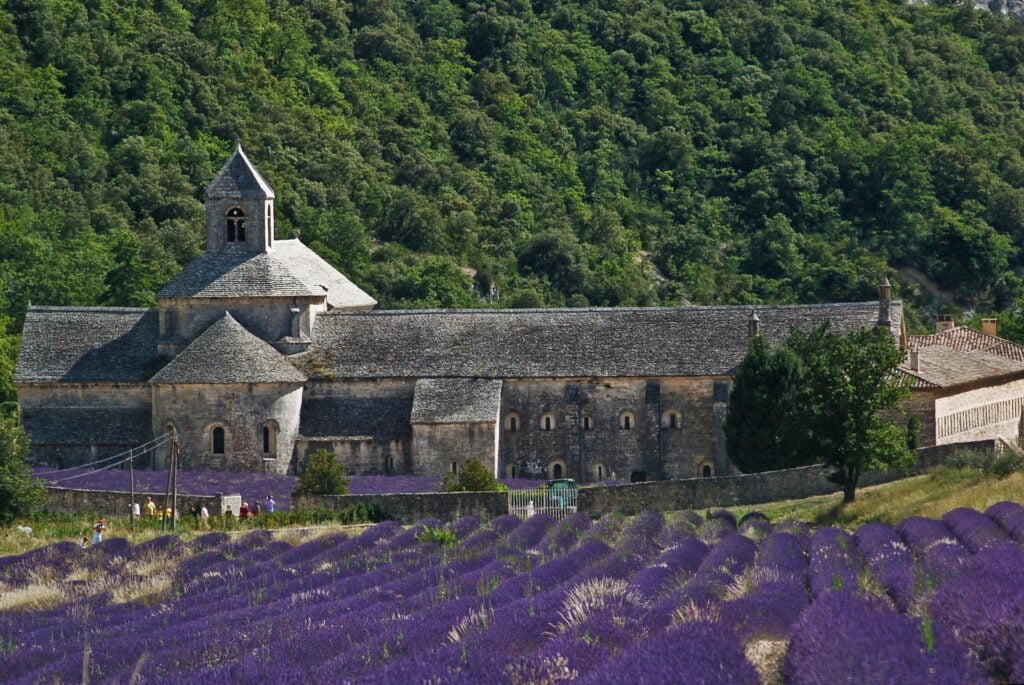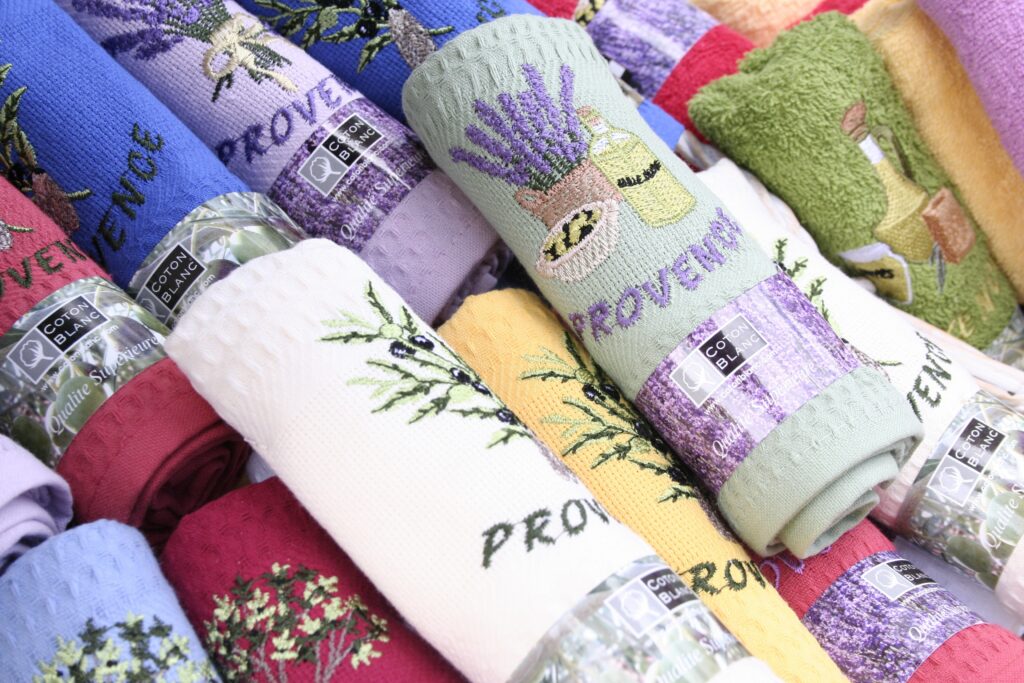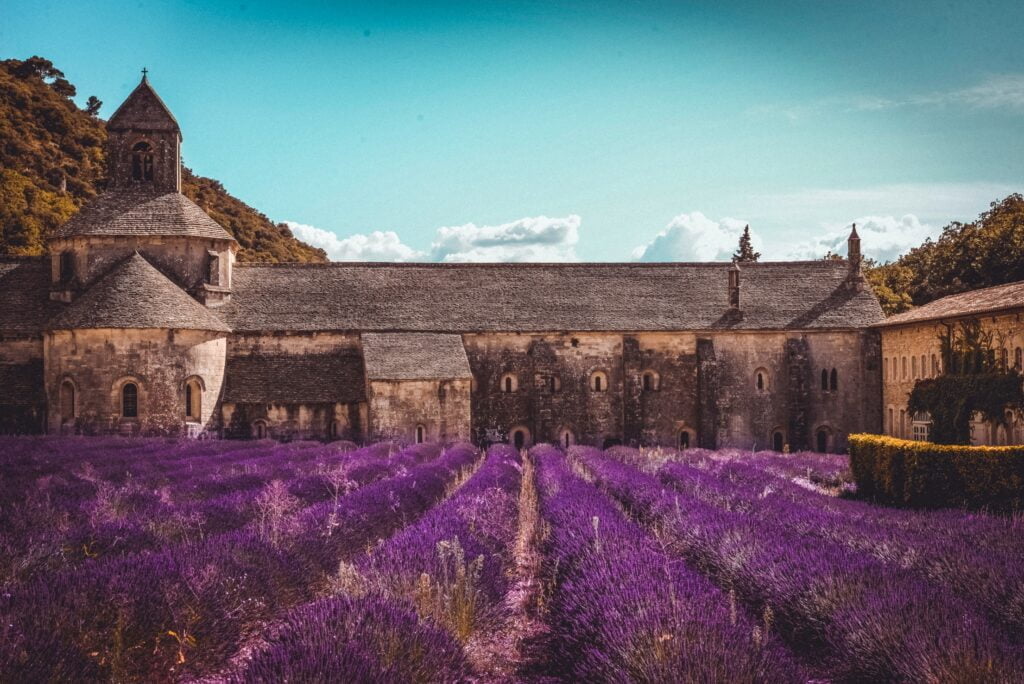Throughout the centuries, lavender was loved and used extensively by people in the antique world.
It gained popularity because of the plant’s versatility of use and a long list of benefits.

What is lavender?
Lavender is a medium-height scrub-like plant with tiny purple flowers located on the spike-like stems above the foliage.
At the moment, there are more than 35 species of the lavender plant, which grows on all continents, though it does prefer more sunny and warmer climates.
It is truly a versatile plant, and all of its parts can be used. Especially popular are lavender oil and dried lavender flowers.
It is widely used in holistic practises to relieve anxiety, promote sleep, treat skin problems, in beauty routines and also for culinary purposes.
Using lavender plants for cooking is especially popular in British and French cuisines.
It can be used during baking, for making sauces, preparing different types of meat, making teas and coffees, and even making lemonade and ice cream.
And of course, lavender flowers are used for decoration.
But how did lavender become so popular?

Lavender history
The first mention of lavender dates approximately 2500 years back. So we can say that the history of using lavender is almost as old as the history of civilization.
It is said that the first people to discover its benefits were the ancient Egyptians. It was said to be grown in the sacred gardens of Thebes. Lavender was an important part of trade and accompanied noble people throughout their lives and even after death. When the tomb of Tutankhamun was opened, scientists found jars with ointment containing lavender, proof that the Egyptians used lavender as a part of the mummification process.
It is also rumoured that Cleopatra used lavender scent to seduce Julius Cesar and Mark Antony.
In the Roman Empire, it was used in bathhouses (Thermae) and used for cleaning and washing instead of soap. Later the antiseptic and hygienic properties of lavender have been proved by science.
Lavender flowers have also been used to cover the floors in temples and houses because it was believed they could prevent infections.
Rich Roman women were covering themselves in lavender oil so they would not get sick.
The ancient Greeks also favoured lavender for its antiseptic and cleaning purposes.
From the Greek Islands, lavender made its way to the Middle East and later Europe.
It has been over a thousand years since the fall of the Roman Empire, and the world is still under the power of the purple flowers.

Lavender in Europe
First, the lavender plant gained popularity in France, where it became a symbol of Provance and then spread to Italy, England, and all over Europe, quickly winning people’s hearts.
In England, Queen Elizabeth I was said to be using perfumes containing lavender, and at the royal dinner there should always be a jar of lavender jam presented.
She was also suffering from migraines and used sniffing salt with lavender and lavender-infused tea to ease the headaches.
Another royal lavender lover was Queen Victoria, under whose order all the furniture and floors were to be wiped with lavender water.
It was also used for freshening the palace and bedding, which was very wise considering that lavender repels insects.
During World War I, English and French nurses used lavender for dressing the wounds of injured soldiers as it has anti-inflammatory and antibacterial properties.
And in France, farmers even sent cows to graze on the lavender fields to make the meat tender and more fragrant.
During the beginning of the 19th century, though, the popularity of lavender started to decline. Because of emerging of new medicines and cleaning products. The lavender scent was also associated with elderly women.
Lavender comeback
In the 20th century, lavender made its comeback as more and more people started to turn their eyes toward more natural healing methods. In modern times, it is widely used for its relaxation properties and its beauty benefits, making lavender once again the purple queen of plants.
